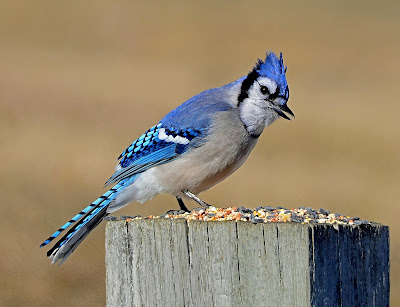Nature News: Multiflora rose flowers and leaves are edible
Updated Jun 20, 2018 at 8:25 AM
My youngest son is really into fermenting, so much so, that while he got his graduate degree in museum studies, he focused on fermenting - not just beer, but sauerkraut, kombucha, pickles...fish even! What I thought was an overly specialized niche worked out. He recently got a job educating about and working with fermentation in a living history museum. To celebrate we went up to Portland to visit his favorite fermentories. While at a Kombucha tasting room I was struck by the number of seasonal kombuchas that used locally-foraged ingredients. Things like chaga, beach rose petals, lilac and sweetfern. This reminded me that I don’t look around my backyard often enough for natural edibles. Summer is almost here and I haven’t gone foraging!
So, when we got home, I looked around. My beach rose flowers had gone by, but I do have multiflora rose growing in profusion all around the edges of my field.
The multiflora (Rosa multiflora) rose isn’t native to the U.S., it was first introduced from Japan in 1886 as a rootstock for ornamental roses. Later it was used for erosion control, as a fence to confine livestock and even grown along highway medians to reduce the glare from headlights and serve as a crash barrier. Unfortunately, multiflora rose turned out to be extremely invasive - thriving in open, unplowed meadows and fields, along the shores of lakes and rivers and forest edges, crowding out native species and creating dense, impenetrable pricker-filled thickets. It has now naturalized throughout New England and is blithely ignoring its status as a prohibited species in Maine, New Hampshire and Massachusetts (being on the prohibited plant list means it is illegal to sell, import, export, buy or intentionally propagate multiflora rose for sale) as it continues to spread.
Control is difficult - herbicides are toxic, mowing can control its edges, preventing it from ever establishing is best but nigh-impossible. So, inspired by my trip to the kombucha fermentory I figured the least I could do was try to eat it. As with all true roses, the multiflora rose produces seed-bearing rose hips in the fall that are edible and nutritious (particularly high in vitamin C). One easy way to use the hips is to mash them up and steep for tea. They are best to harvest after a frost - but, it’s hard to think about that now as we descend into the hot days of summer.
Now, however, is a good time to concentrate on the flowers and leaves, both of which are edible. Most uses of both the petals and leaves as food seem to involve eating them in salads or as a tea. Rose petal tea has a long history of medicinal use (thought to help with digestive and respiratory problems) by a number of cultures and is easy to make - just steep the petals fresh or dried. The multiflora rose petals I tried didn’t have much flavor, but they do add a nice, different, somewhat crunchy texture to salads and look nice to boot. The young leaves are also edible (in the past, I’ve noticed young leaves on the bushes throughout the summer) and like the petals can be used in salads or tea. As with all foraging, make sure you are collecting from areas that do not get sprayed with pesticides or are next to busy roads.
One other benefit of foraging natural foods is it connects us with our past - we only have to look back a few generations to find a time where people routinely went foraging to supplement their diets. Foraging also gets us outside. According to the EPA, the average American spends 93 percent of their life indoors! This summer reverse this trend - go outside and smell (or in this case, eat) some roses.
Susan Pike, a researcher and an environmental sciences and biology teacher at St. Thomas Aquinas High School, welcomes your ideas for future column topics. She may be reached at spike3116@gmail.com. Read more of her Nature News columns online.




Comments
Post a Comment